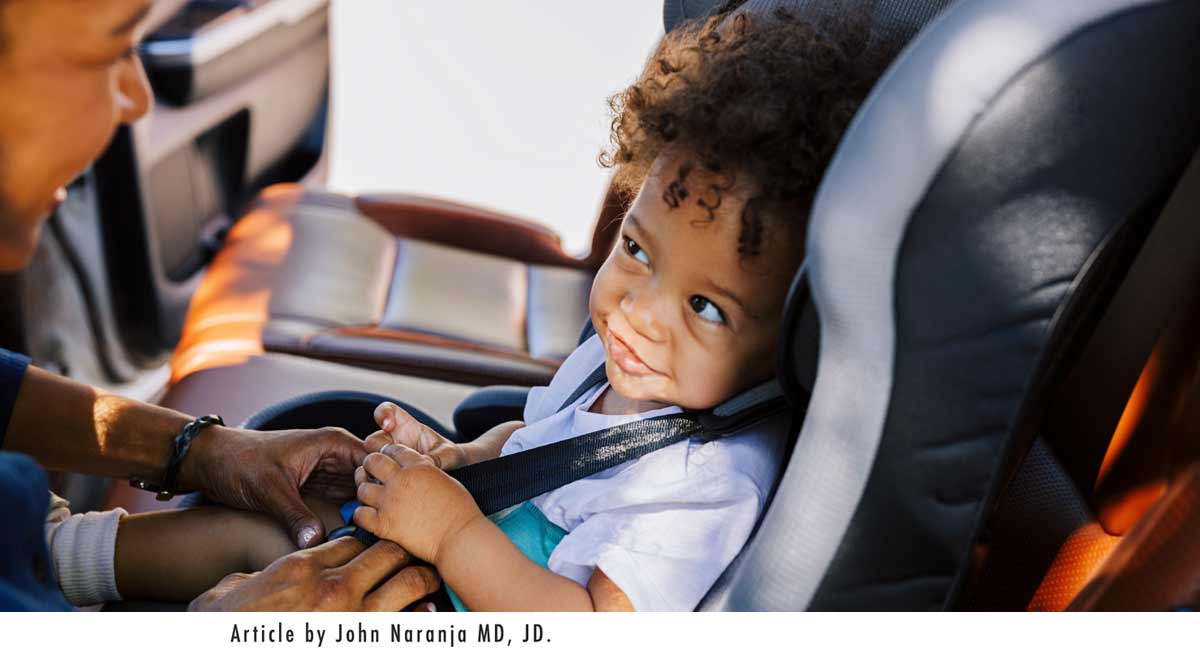
Motor vehicle injuries are a leading cause of injury and death among children. According to the Centers for Disease Control, approximately 116,000 children were injured in 2017. Of the almost 700 children who died in car crashes, 35% improperly implemented or did not have, an appropriate child restraint device.
Fortunately, with proper use of child safety seats, many injuries and deaths can be averted. The purpose of this article is to explain the different, types of child safety restraints; appropriate fitting of the child with the child safety seat; proper placement of the seat within a vehicle; and types of injuries when a restraint is not used, or not properly used.
Child safety restraints may be categorized into four different types:
Rear-Facing Child Car Seat 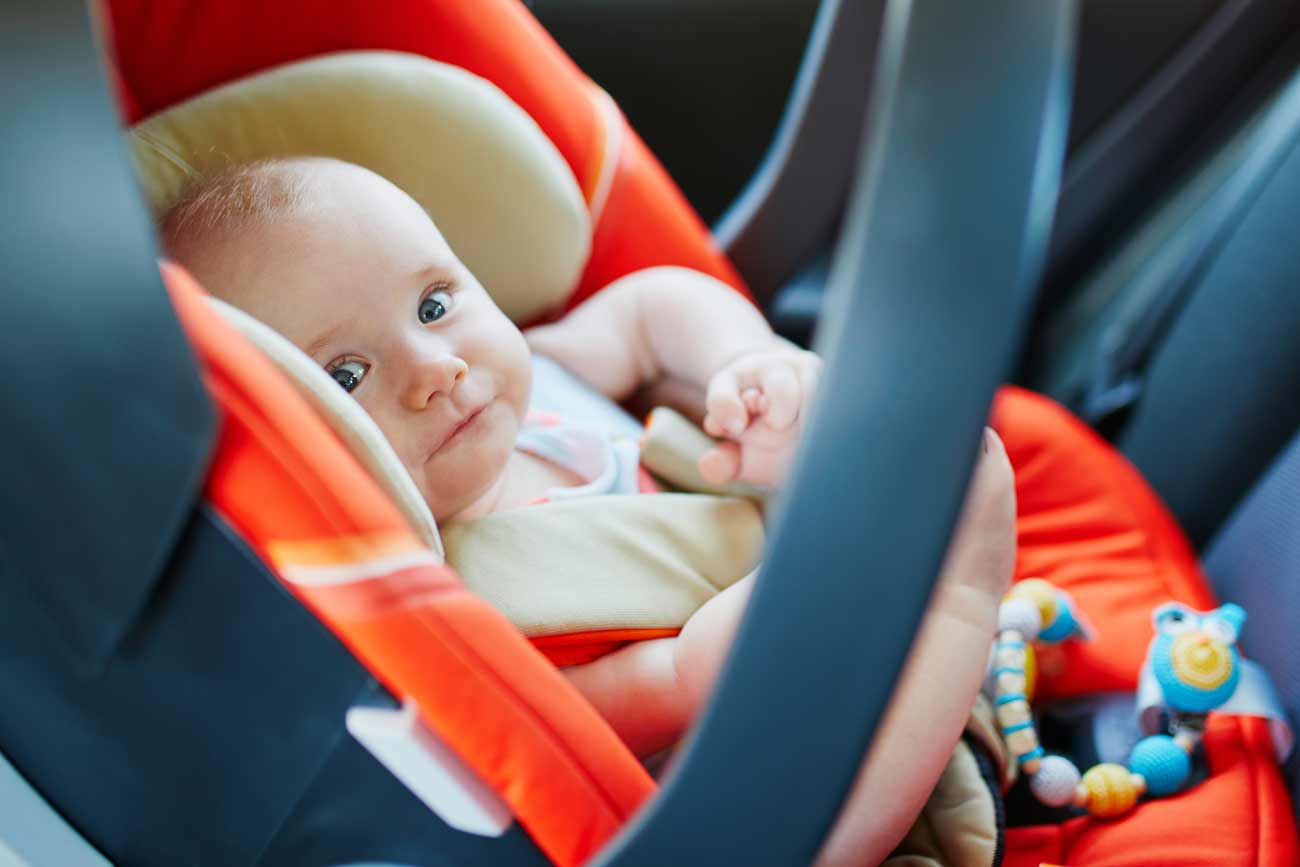
Forward-Facing Child Car Seat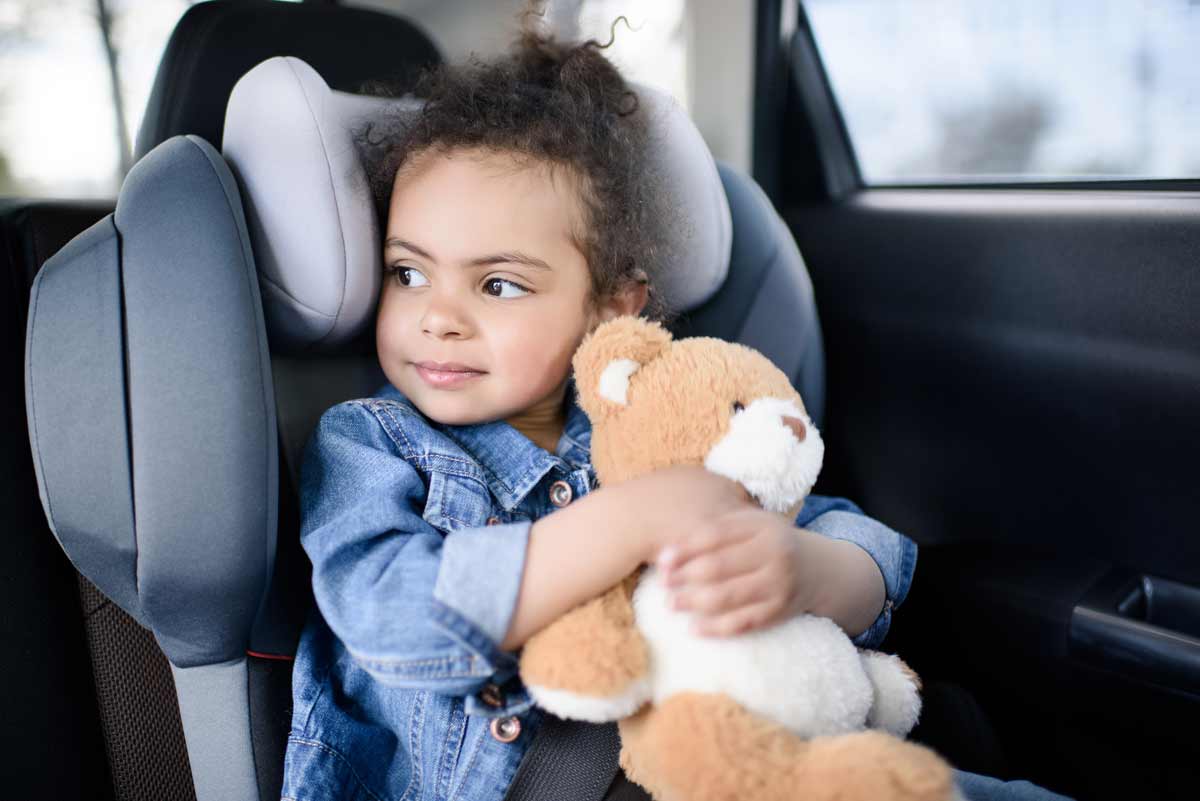
Child Car Seat Booster
Child Seat Belt Restraint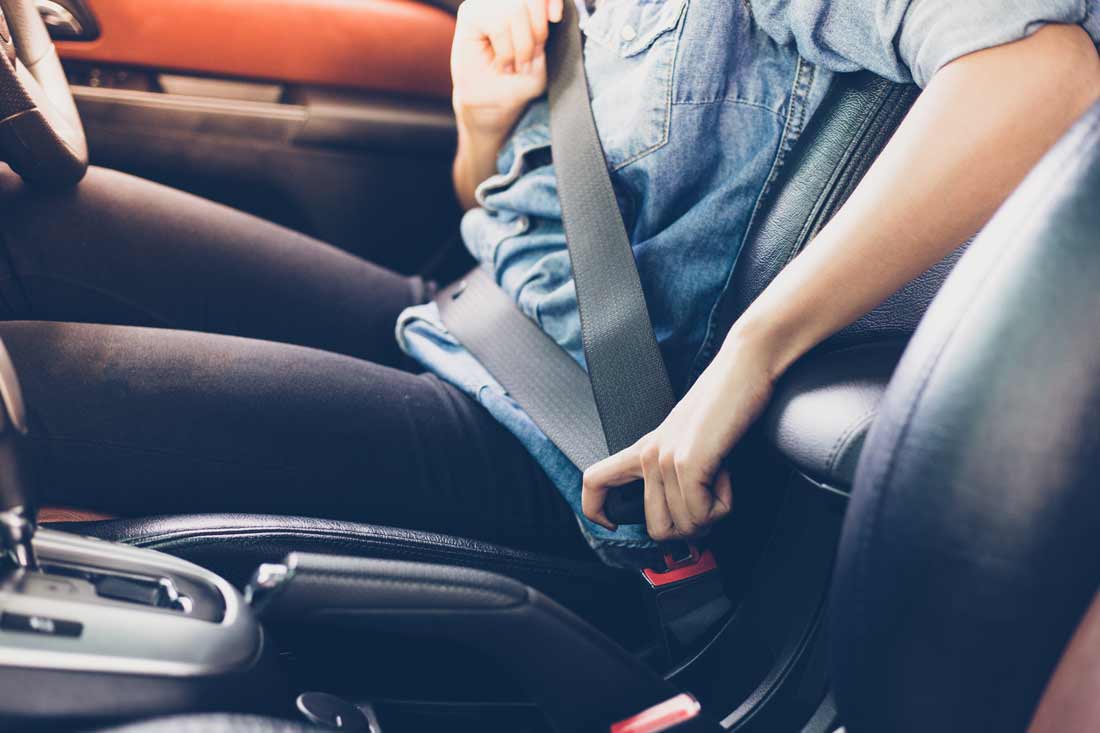
Each of these may be further divided into rear or forward-facing only, a convertible seat, a combination seat, and an all-in-one seat. The rear-facing only infant car seat is designed for newborns and small babies, usually less than one year old. These seats are designed to fully support and restrain a baby that does not have muscular control, particularly of the head and neck. The convertible seat is one that can change from a rear-facing seat to a forward-facing seat with the use of a harness and tether. The combination seat is one where the seat may be converted from a forward-facing seat with harness and tether to a booster seat. Finally, the all-in-one seat, as its name suggests, can change from a rear-facing seat to a forward-facing seat, and then to a booster seat as a child grows.
The booster seat may also have various modifications that include a booster seat with a high back and a backless booster seat. A booster seat with a high back provides added head and neck protection in cases where a vehicle is not equipped with a headrest or high seat back in the location where the booster seat will be placed.
Proper fitting of the child safety restraint with the child is of the utmost importance in preventing injury. The fit needs to be constantly monitored as fit depends on a child’s changing age and size.
Proper Fitting Child Safety Restraint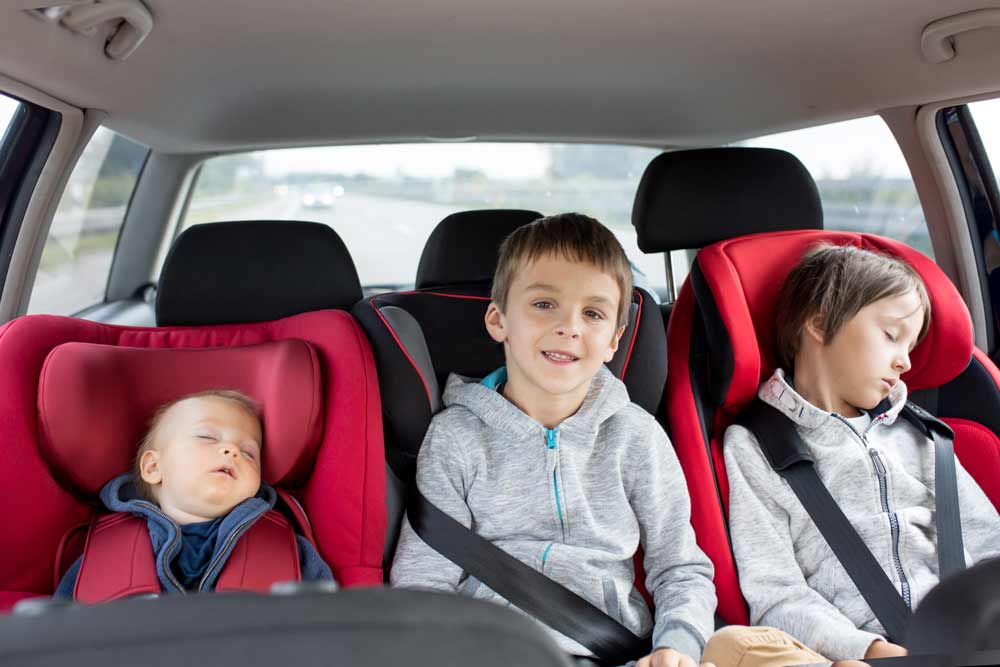
For infants less than a year old, the rear-facing safety seat is optimal, and many recommend keeping a child rear-facing for as long as possible. Harness straps should lie flat, not twisted, and be placed through the slot that is at or below the child’s shoulders. The car seat manufacturer will define the limits of height and weight for each seat, but some suggest that children up to 3 years old may continue to ride in rear-facing seats. The primary advantage of a rear-facing seat is that it allows the distribution of any force from a crash to move away from an infant’s head, neck, and spine into the car seat.
The forward-facing car seat incorporates a harness and tether into its device and is usually used for children between 1 to 7 years old (keeping in mind the manufacturer’s height and weight recommendations). Harness straps should lie flat, not twisted, and be placed through the slot that is at or above your child’s shoulders. The harness is snug enough when extra material cannot be pinched at the shoulder. The chest clip should be at armpit level.
The booster seat is the next transition between a forward-facing seat and seat belt. The age most commonly used and recommended for this type of seat is 8 to 12.
The rationale for the forward-facing seat and booster seat is simple. Because a standard seat belt requires its fit for the lap portion to go across the upper thighs, and not across the stomach, and the shoulder portion should go across the chest, yet avoiding the face and/or neck, the forward-facing seat with its tether and harness safely accommodates the child whose size does not comport to safely using a seat belt, and the booster augments the height requirement for donning a traditional seat belt while complying with the safety placement guidelines.
Car Seat Recommendations For Children By Age and Size
Once the appropriate height and weight of your child are identified, the next step is to determine proper placement and anchoring within the vehicle is critical. Read the car seat’s instruction manual for specific instructions. In general, every car seat requires installation using either the lower anchors or the seat belt to secure it in place. If you choose to use a seat belt to install your car seat, refer to your vehicle’s owner’s manual. The car seat should not move side-to-side or front-to-back more than 1 inch when pulled at the belt path.
Regarding a rear-facing seat, ensure the seat is installed at the correct recline angle. Car seats that have a built-in angle indicator can be useful in this step.
Following the above guidelines will help prevent injuries. One study of children under the age of two years who presented to a pediatric emergency department showed 7% had injuries associated with child safety seat misuse. Of these, the misuse included a harness that was not properly connected, use of an improper device, and a child safety seat not anchored to the vehicle seat. Injuries included minor head trauma, linear skull fracture, concussion, femoral fracture, depressed skull fracture with epidural hematoma, cervical vertebral fracture, and intraventricular hemorrhage.
Injuries Associated With Child Safety Seat Misuse
In another interesting study, injuries only from misuse of a child safety seat not related to a traffic accident were analyzed. 85% of the injuries were related to falls. These included falls from shopping carts, tabletops, and countertops. Head and neck injuries were the most common type of injury. Three deaths occurred.
With motor vehicle collisions remaining one of the leading causes of injury and death in children, the proper use of child safety seats represents a predictable method of reducing this source of harm.
Dr. John, Esq. is both an attorney and a physician. Before obtaining his law degree, Dr. John Naranja practiced for approximately 12 years as an orthopedic surgeon.
